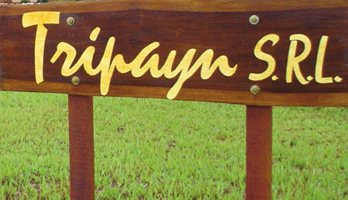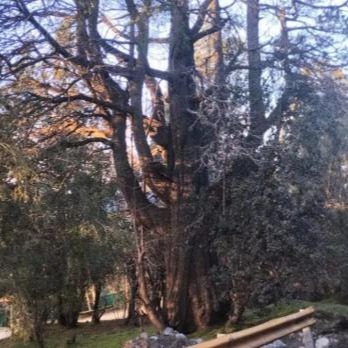
Where are the oldest trees in Bariloche?
There is something like a public cadastre that identifies the most veterans, but specific works that did researchers, neighbors of certain neighborhoods or teachers. In other places on the planet there is the concept of heritage trees.
At the beginning of the 90s, a group of young people who participated in an NGO consecrated to identify and signal that they were on the side of Bustillo or Pioneros avenues. Almost three decades later, it is difficult to notice those signs and even more sad, some of those centenary cypresses or coihues are gone. In a context in which a certain modality of real estate development is considered valuable, does it make sense to preserve trees? What tells us the survival of a copy with centuries of existence? Does anyone worry in the public sector about the subject? Read: in less than 48 hours, four road accidents in Bariloche to approach probable answers, Javier Grosfeld, recognized biologist with acting in the Northwest of the Pentagonian Northwest, researcher at CONICET and university professor who also knew how to go through public management in the province of Río Negro and the National Parks Administration. To begin with, it established that an old tree becomes remarkable when it breaks with the usual for its size, its shape, its tangible presence in urbanized places or by the cultural link that the community establishes with it. In effect, in areas where the natural landscape was very modified - such as Bariloche and its surroundings - an old specimen highlights because it is, often, a silent survivor of past times. A large coihue in the middle of a neighborhood, a cypress that resisted decades of fires or an aler that sprouted before the concept of Argentina existed are not simply trees: they are living witnesses of the ecological and social history of the territory, defined the specialist. Defortedly, there is no public cadastre of veterans trees in the city, but there are records and knowledge. In urban and peri -urban areas, there are still many trees highlighted by their age: the Coihues, Cipreses and Arrayanes in the Llao Llao Park or the lengas and cypresses in the upper part of the Ñiroeco stream, he exemplified. On the sides of the pioneer routes and Bustillo, very yearly specimens are also observed, including certain streets have been modified to respect any of those individuals. And on the slopes of the window, coal, Otto, Bellavista, Goye and others, numerous centenary trees persist. Grosfeld stake committed and teachers or referents of protected spaces. He gave as an example that from the historic Ciprés of Moreno, in quotes, that he could well have Sayhueque sitting in his shadow and that he was talked in 1958 so that he did not stop the progress - new in quotes - the society of Bariloche has recognized some of these long -lived specimens. Llao Llao, the neighbors themselves have identified outstanding trees for their size, seniority or symbolic location: huge coihues, large cypresses or the unique arrayanes that grow on our coasts, he said. However, many have been talled or are simply not recognized as part of the natural heritage, while others die from the construction of new infrastructure that affect them severely, questioned. For the biologist identifying and recognizing very old trees it is not only an act of conservation, but a way of valueing something much deeper. From the ecological, these trees are fundamental because they store carbon preventing climate change, offer habitat and support life networks and also record the history of the climate, droughts and fires in their rings, being an open window to the environmental past of the place. But, in addition, from the cultural Giant Coihue that was at the entrance of Peninsula San Pedro. From the educational and community, they are valuable resources for environmental education and awareness since they allow us to talk about changes in space and time, resilience, identity and relationship with the landscape, with the example of tangible living beings that transcend us. In other parts of the world they are called heritage trees and there are programs to register, protect them, and even integrate them into tourist or school tours, he suggested. The wooded setback is selective. Longevo trees are preserved in difficult places to access, such as streams, skirts with a lot of slope or islands such as the huemul where there is also a centenary forest. Under these conditions they could survive escaping felling, grazing or fires. On the other hand, flat, coastal or easily accessible areas - such as a good part of the urban area, the area between pioneers and Bustillo, Valle del Ñieco, the Huenuleo Pampa or the San Pedro Peninsula - were transformed by lots, farms or recurrent fires, said Grosfeld. There, the ancient trees are very scarce and in general they survived by some community or individual protection action. This reveals something important: an old tree is not just old, it is the sign of a place that resisted. He resisted the fire, the chainsaw, the urban growth without control. And many times, he resisted because someone - person or community - decided so. However, they exist. Bariloche has hundreds of trees with more than a century of life, with numerous copies of more than 300 years, the longest be the cipreses found in the skirts of the Lions hill (Malal Tequel Community of heritage trees would not only keep them, but also to tell stories, build local identity and think more friendly urbanism with Bariloches ecological memory.
IT MAY INTEREST YOU
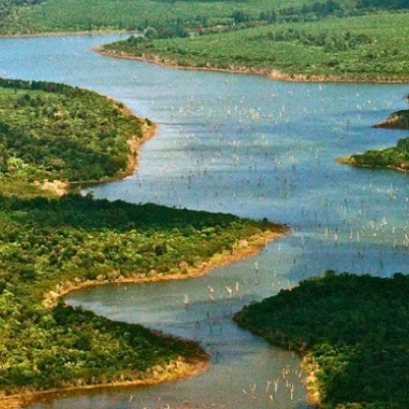 The second largest wetland in South America is located in Argentina: what is it?
The second largest wetland in South America is located in Argentina: what is it?
Argentina has national parks that place it in a unique position within South America, competing with 300 others. Which is the largest? South America is home to more than 300 national parks, but many go unnoticed. There are extensive wetlands that have been the subject of major ecological restoration projects, to coastal mountains with deep indigenous heritage. Today we tell you the case of one located in Argentina.
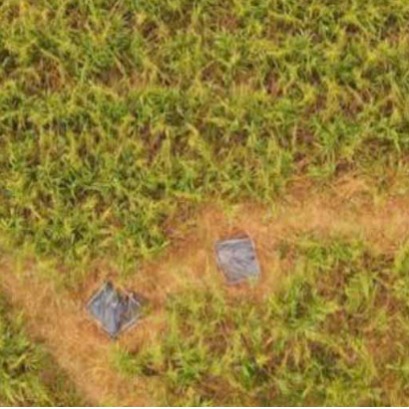 Vida Silvestre and ArgenINTA promote a national consultancy for the restoration of forest landscapes in Argentina
Vida Silvestre and ArgenINTA promote a national consultancy for the restoration of forest landscapes in Argentina
The Argentine Wildlife Foundation and the ArgenINTA Foundation signed a technical cooperation agreement to begin a consultancy aimed at the Restoration of Forest Landscapes (FPR) in the seven forest regions of the country. The work seeks to generate technical and scientific inputs that guide the design of provincial and national restoration programs, in support of the implementation of Law No. 26,331 on Native Forests.
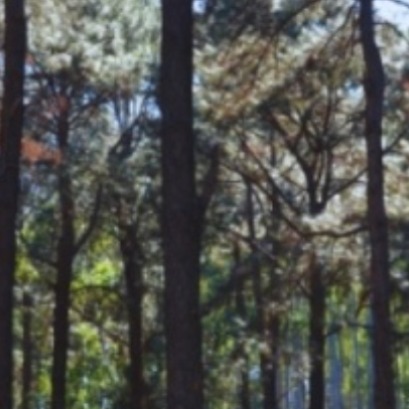 They promote research in pine resins from the NEA
They promote research in pine resins from the NEA
The forestry industry is one of the most important sectors in the economies of Misiones and Corrientes. Thousands of hectares of pine supply the paper, pulp, boards and sawmill industry. Pinus elliottii, one of the species established in the region, in addition to providing wood, is used to produce resin, a non-wood forest product with high demand in the chemical, pharmaceutical and cosmetic industries. In 2\024, resin extraction of approximately 52,6\0\0 tons was achieved from approximately 18,\0\0\0,\0\0\0 trees in production, generating income and jobs with high expansion potential.

















